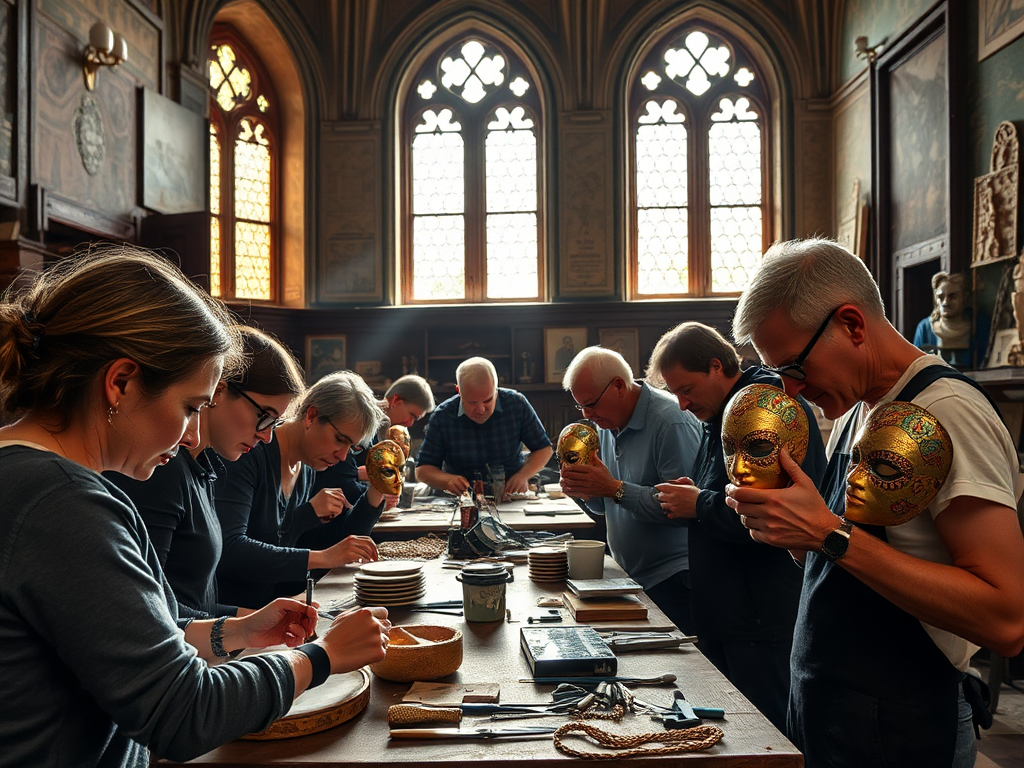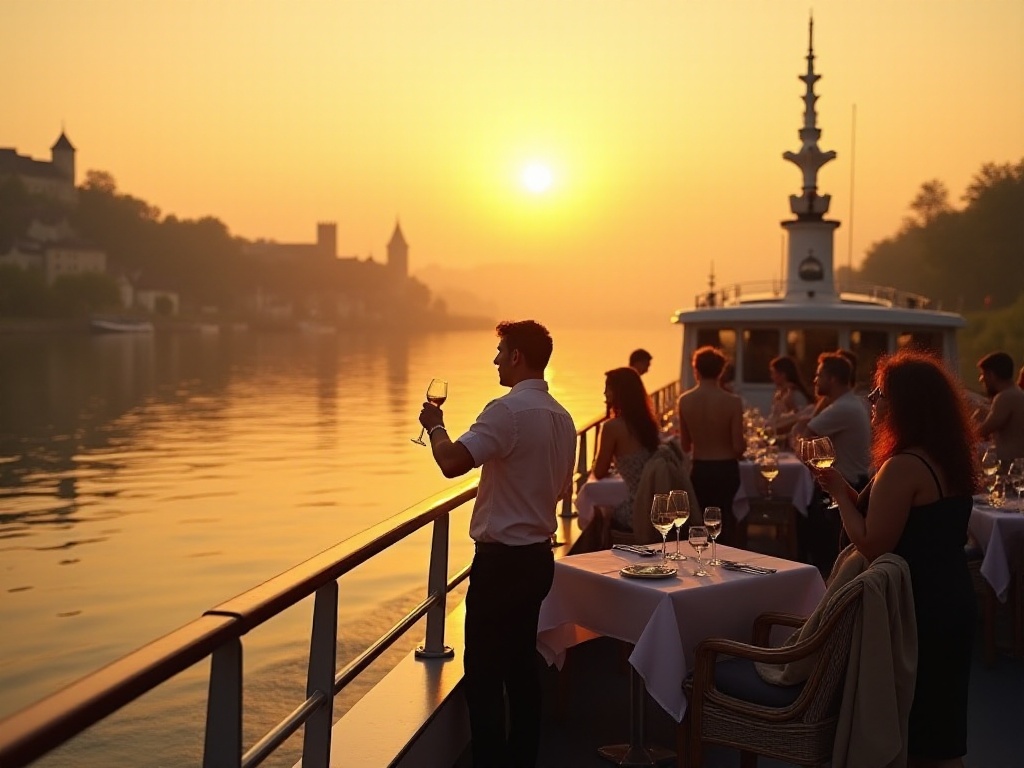Market Insights
Did you know? In 2023, after the pandemic, an interesting shift is occurring in the global tourism market. Young people are no longer satisfied with traditional group tours; they crave deeper travel experiences. As someone who has worked in traditional travel agencies for many years, I deeply feel this transformation.
Let's look at the data first. According to the latest market research, 78% of young travelers aged 18-35 indicate they prefer travel products specifically designed for young people. This figure has increased by 23 percentage points compared to pre-pandemic levels. Why has this change occurred?
I think the reason is simple: young people want more than just a trip - they want an experience where they can meet like-minded friends, experience local culture, and achieve personal growth.
Product Analysis
Among all youth-oriented travel products, Contiki is arguably the most representative. As a travel brand focused on the 18-35 age group, they offer over 200 different travel products. You might ask, why such strict age limits?
I remember once, a 36-year-old client really wanted to join Contiki's Australia tour. She said, "My mindset is as young as someone in their 20s, why can't I join?" This question made me think for a long time. Later I understood that setting age limits isn't discrimination but ensures team members are in similar life stages with shared values, creating better resonance.
Gap 360 takes a different approach. While they also target the youth market, they don't have strict age limits. Their "Australian Adventure" is quite unique: it includes not only traditional city sightseeing but also surfing experiences and wildlife interactions that young people love.
Pricing Strategy
Regarding price, this might be what many young people care about most. I've noticed an interesting phenomenon: although young people generally have less financial capability than middle-aged groups, their willingness to spend on travel isn't low.
Take EF Go Ahead Tours as an example - their "low down payment + interest-free installment" payment plan is particularly popular among young groups. Imagine only needing to pay 10% down payment to secure a desired travel package, with the remaining cost payable over 12 months before departure - this is very friendly to young people who have just started working.
The discounts during spring and winter are even more impressive. The biggest discount I've seen was $800 off for Japan's cherry blossom season tours. This differentiated pricing strategy allows many young people to experience high-quality travel in peak seasons at lower prices.
Service Features
In terms of service, travel products focused on the youth market share one common point: they all emphasize social aspects.
I once chatted with a client who had been on a Contiki trip. She said, "The most memorable part wasn't the attractions, but those crazy travel companions. We still keep in touch and are even planning our next trip." This made me realize that for young people, travel isn't just about the journey, but also about expanding their social network.
Gap 360 focuses more on providing professional guidance. They assign experienced leaders to each group who not only handle itinerary arrangements but also share local cultural knowledge and life experiences. This "travel + learning" model is particularly popular among young people seeking in-depth experiences.
Future Trends
As an observer, I believe the youth-exclusive travel market still has great potential for development.
First, there's increasing demand for personalized customization services. According to the latest market research, 65% of young travelers hope to adjust standard itineraries based on their interests and budget. This requires tour operators to provide more flexible product designs.
Second, sustainable tourism concepts are gaining more attention. Data shows that 82% of young travelers consider the environmental impact of travel products. This has prompted many operators to launch new products like low-carbon travel and eco-tourism.
Finally, there's deepening technology application. From online booking to virtual guides, from AR attraction tours to social media sharing, technology is changing how young people travel. Statistics show that 91% of young travelers use at least one travel APP during their journey.
Industry Reflection
Before concluding this article, I'd like to share some thoughts.
Traditional travel agencies are often considered a dying industry, but I disagree. The key lies in transformation and innovation. Just like brands such as Contiki and Gap 360, they've captured young people's needs and created new market spaces.
What do you think? As a young generation traveler, what do you value most in travel products? Is it price? Experience? Or those possible wonderful encounters? Feel free to share your thoughts in the comments.
Purchase Advice
As an industry professional, I want to give some advice to those planning to purchase youth-exclusive travel products:
-
Pay attention to early bird discounts. Many operators launch next season's products during off-peak seasons, booking then can save quite a bit of money.
-
Carefully compare service contents of different products. Some seemingly cheap products might have many optional extras; while some apparently expensive ones might include more valuable experiences.
-
Check reviews. Don't just read official descriptions, look at real feedback from previous participants. I suggest paying special attention to reviews about tour leaders, accommodation, and itinerary arrangements.
-
Consider your physical strength and interests. Youth-exclusive itineraries often have faster paces and more intensive activities. If you prefer slower-paced travel, it's better to communicate clearly with customer service beforehand.
Finally, I want to say that choosing a travel product that suits you is more important than choosing one that looks cool. After all, the meaning of travel lies in experience and growth, not following trends and conformity.







